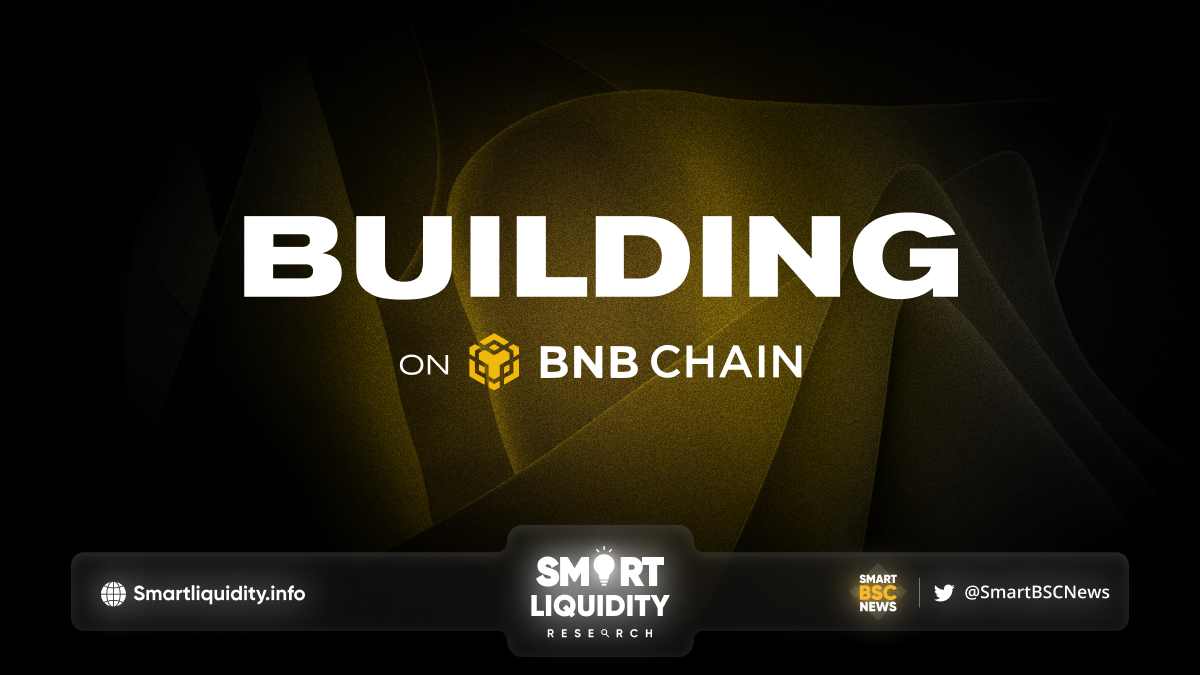Building on BNBChain


Building on BNBChain can provide a number of benefits, including a low gas fee, fast transaction speeds, and a growing ecosystem of decentralized applications (dApps) and user communities.
This can be a great choice for developers who want to create decentralized applications (dApps) and smart contracts that are scalable and cost-effective. As now presenting Building on BNBChain.
Steps on Building on BNBChain
- Understand the Binance Smart Chain ecosystem: Before starting any development, it’s important to understand the technical specifications, features, and limitations of the Binance Smart Chain. You can start by reading the official documentation, exploring the Binance Smart Chain Explorer, and joining the Binance Smart Chain community on social media and developer forums.
- Choose a development environment: There are several development environments available for building on the Binance Smart Chain, including Remix, Hardhat, Truffle, and BUIDL. Choose the one that suits your development needs and skill level.
- Set up your development environment: Once you’ve chosen a development environment. You’ll need to set it up with the appropriate plugins, dependencies, and libraries. Follow the documentation or tutorials provided by the environment to do this.
- Write and deploy smart contracts: Use a smart contract language like Solidity or Vyper to write your smart contracts. Once you’ve written and tested your smart contracts. You can deploy them on the Binance Smart Chain using tools like Remix, Hardhat, or Truffle.
- Develop a front-end: To create a user interface for your dApp. You can use front-end development tools like React, Vue, or Angular. These frameworks can interact with the smart contracts you’ve deployed on the Binance Smart Chain. To provide a seamless user experience.
- Test and debug your application: Once you’ve built your dApp. It’s important to thoroughly test and debug it before releasing it to the public. Use testnets like the Binance Smart Chain testnet or a local testnet to test your application in a sandboxed environment.
- Deploy your application: Once you’ve tested and debugged your application. You can deploy it on the Binance Smart Chain mainnet or a testnet. Be sure to follow best practices for security, gas optimization, and contract upgrades.
Find more about BNBChain




